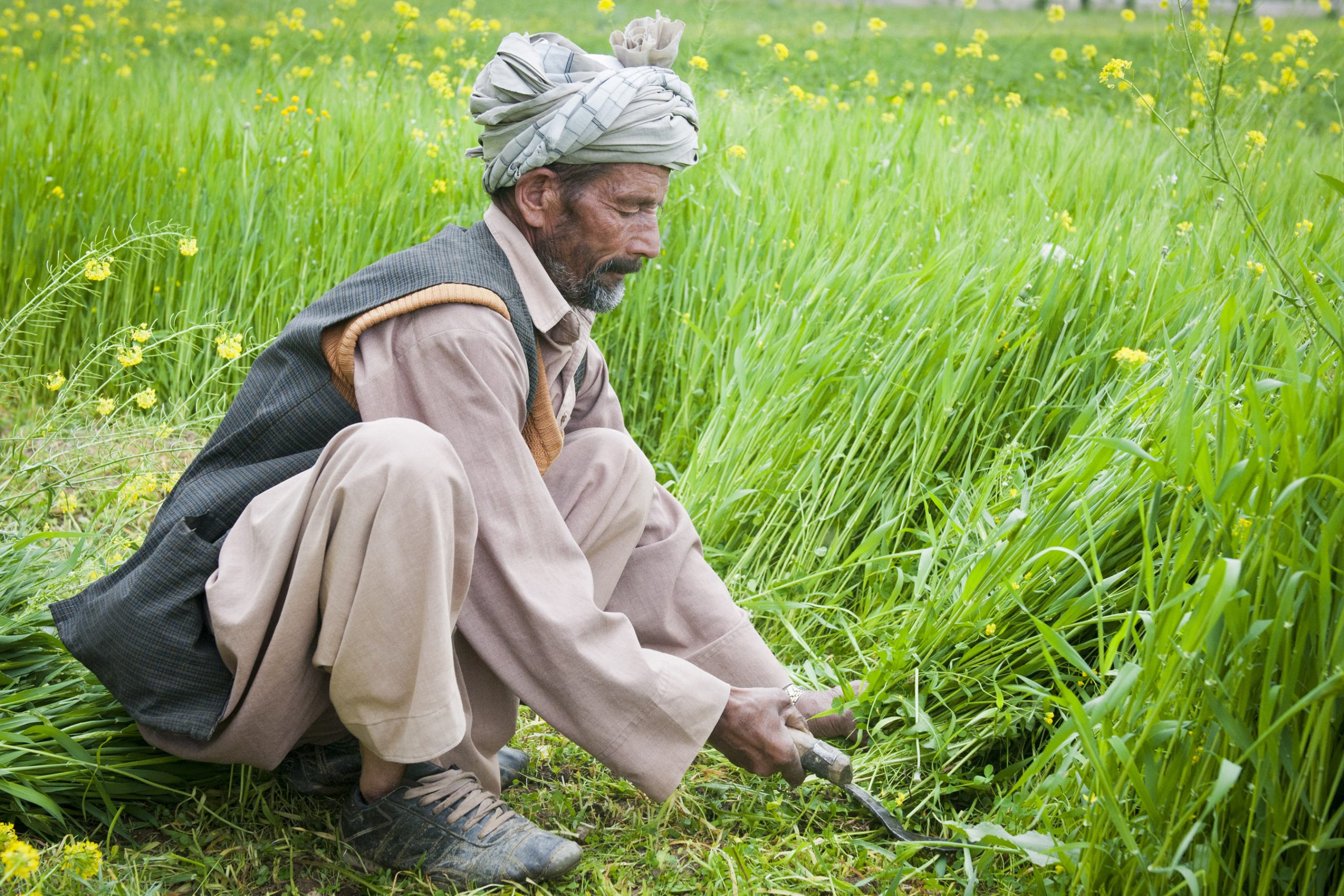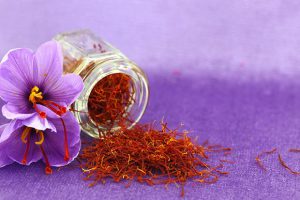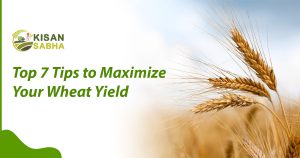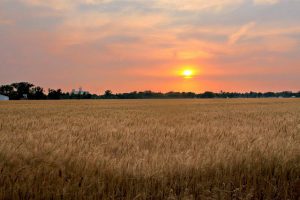The study found that beneficiaries were diverse and there was no “statistical evidence” of any bias in selection of farmers on the basis of caste, community or faith.
A study of the impact of PM-KISAN, the Modi government’s income transfer scheme for farmers, has found that poor cultivators don’t squander the free money they receive, but invest it “efficiently” in modern farm technologies, apart from education and health.
However, the extent to which farmers were likely to invest the free cash in agriculture was influenced by the availability of farm knowledge sessions imparted by the country’s network of institutions called Krishi Vigyan Kendras (KVK), technically called agricultural extension services, the study found.
How farmers utilised the money also depended on the very timing of cash release, according to the study, which is part of a larger project of the Indian Council of Agricultural Research (ICAR) and the International Food Policy Research Institute (IFPRI).
The study found that beneficiaries were diverse and there was no “statistical evidence” of any bias in selection of farmers on the basis of caste, community or faith.
Under PM-KISAN, the government provides income support of Rs 6,000 a year to farmers with a valid enrolment, paid in three equal cash transfers of Rs 2,000 — one every four months. It was launched on February 24 last year, when the first instalment was paid.
The cash is unconditional, i.e. nearly 80 million recipients are free to spend the money as they want, but it is expected that they utilise some part of the cash on farming.
Farmers tend to invest substantially in agricultural technologies, such more productive seed varieties, when the cash release happens close to sowing seasons and KVK field officials are available to tutor farmers on latest methods of farming and use of better seeds, the study found.
“So, what are the lessons? The lessons are that it is important to synchronise the release of the cash with that of farmer-training activities of Krishi Vigyan Kendras,” said Pramod Kumar Joshi, one of the authors of the study.
The researchers studied two instalments for spending patterns. In one instalment, the results showed that 52% of those who received the first instalment spent it on agriculture and 26% on consumption, 7% on education and health and the remaining 15% on other incidental expenses such as festivals and marriages.
The study showed that PM-KISAN has increased adoption of modern cultivars (crop varieties) for farmers with access to KVKs by 36 percentage points as compared to those who were not covered by KVK’s field scientists.
More than 60% of farmers who received the money in the off-season spent it on consumption, education and medical purposes, suggesting that farmers are most likely to invest larger sums in agriculture when the money is released just before the sowing season.
Joshi collaborated with colleagues Deepak Varshney, Devesh Roy, Anjani Kumar at the IFPRI to sample 1,406 farmer households who got money under PM-KISAN and segregated them as those having access to government training in farm technologies and those who did not. Their findings were published in the IFPRI journal as well as in the EPW journal.
In the last instalment of PM KISAN, the government paid nearly Rs 17,000 crore to about 80 million enrolled farmer households in April 2020.
“PM-KISAN shows a potential to break the cycle of intergenerational poverty and low income of farmers through investment in modern technology,” the authors said in the study.
KR Mani, an economist with the Tamil Nadu Agricultural Technology, said: “This study essentially demonstrates that it is not enough to give farmers cash, but the government must ramp up the numbers of farmers covered by KVKs, which are present in every district of the country.”
Source: https://bit.ly/3iU51I1





